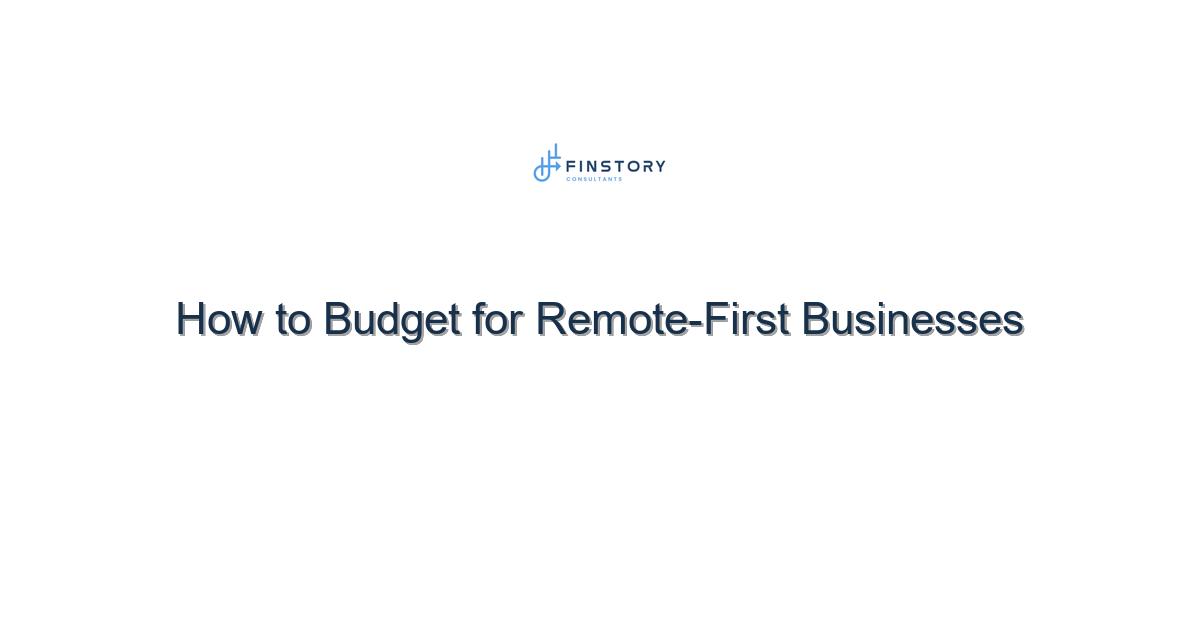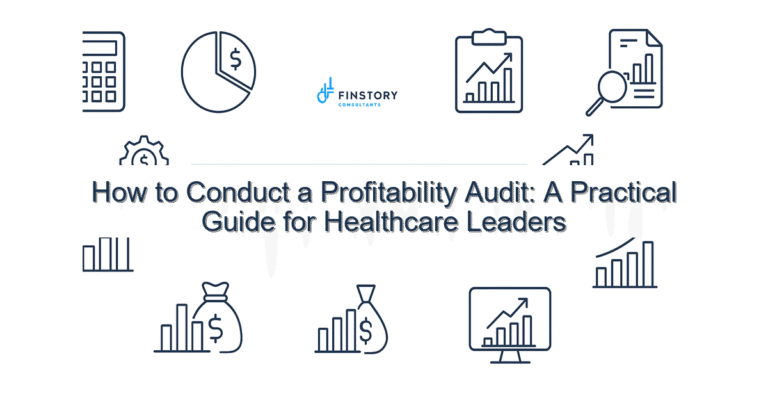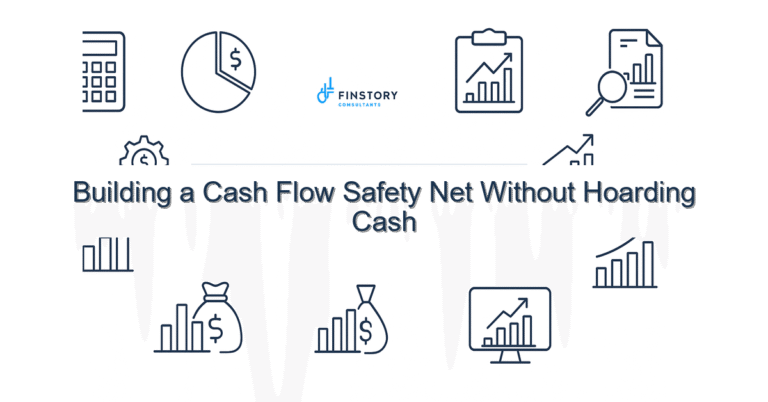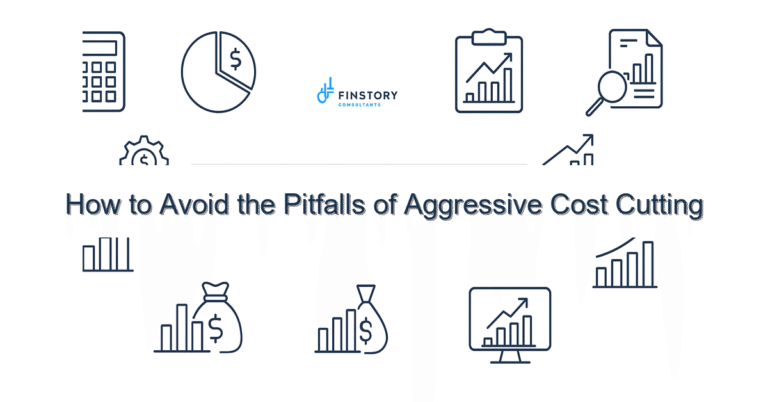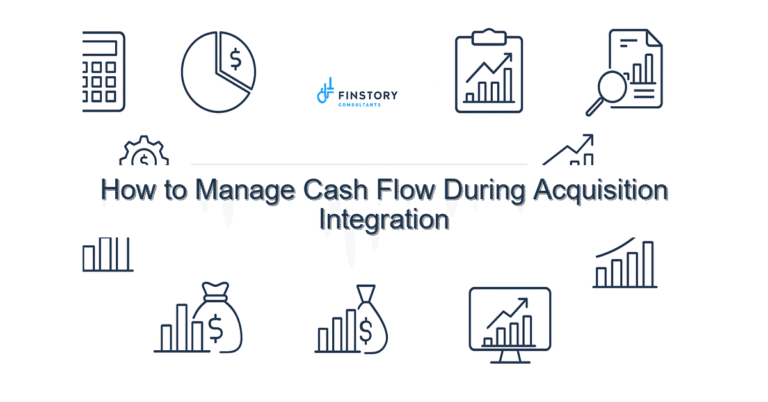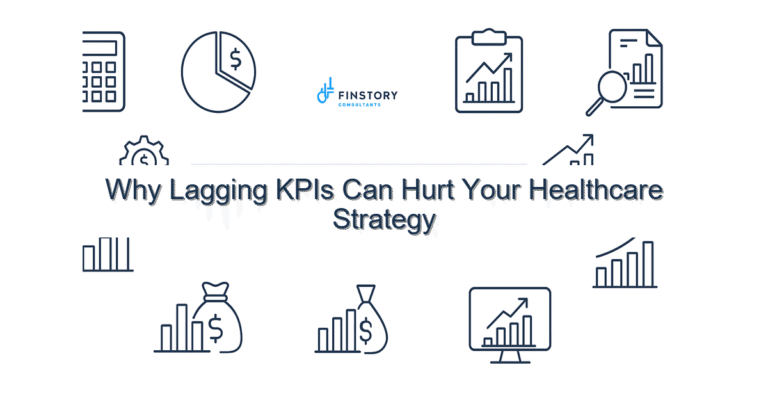How to Budget for Remote-First Businesses
As healthcare organizations rapidly shift to remote-first models, budgeting poses significant challenges. The stakes are high, and leaders must adapt quickly to stay competitive. Failing to do so could lead to financial disarray and missed targets.
Summary: To create a successful budget for a remote-first business, healthcare leaders must adopt a structured approach that emphasizes collaboration, finance automation, and data-driven insights, ensuring better decision-making and resource allocation.
What’s the real problem?
Many healthcare operations are struggling to adapt financial planning to a remote-first strategy. The traditional budget processes are often too rigid to account for the changing dynamics. Without a solid approach, organizations risk losing sight of financial performance.
- Missed quarterly or yearly financial targets.
- Slow approval workflows lead to last-minute budget changes.
- Lack of visibility into real-time expenses increases uncertainty.
- Challenge in aligning budgets with team performance in a remote setting.
What leaders get wrong
One common pitfall is the assumption that existing budget processes can simply be applied to a remote model. This is misguided. Leaders often underestimate the need for flexibility and collaboration in budgeting. Moreover, relying solely on spreadsheets can lead to errors and missed insights.
A better approach
Here’s a simple, repeatable framework to budget effectively for remote-first businesses:
- Define Key Objectives: Identify what you want to achieve financially. For example, increase operational efficiency by 15%.
- Collaborate with Teams: Involve remote team leaders in budget discussions. Their insights on resource allocation will be invaluable.
- Implement Finance Automation: Use tools like Power BI for real-time reporting. This can reduce the time spent on manual data entry by up to 30%.
- Monitor Progress: Establish KPIs to track deviations from the budget. For instance, quarterly reviews can allow for adjustments based on actual performance.
Consider a recent example from a medium-sized healthcare provider that implemented finance automation and real-time reporting. After aligning team budgets with corporate objectives, they reported a 20% reduction in budget variance over six months.
Implementation checklist
- Identify and communicate key budgeting objectives with all stakeholders.
- Set up regular budget meetings with remote teams.
- Research and select a finance automation tool.
- Train staff on using Power BI for leadership reporting.
- Create a centralized dashboard for tracking budgets live.
- Develop a risk management plan for budget deviations.
- Initiate a quarterly review cycle for budget performance.
- Establish clear financial KPIs for each department.
- Document processes for future reference.
- Solicit ongoing feedback from teams to fine-tune the budgeting process.
What good looks like
- Budget accuracy increases to over 95%.
- Reduction in budget cycle time by 25%.
- Improved ROI on financial initiatives by 10%.
- Real-time visibility into budget utilization.
Risks & how to de-risk
- Risk of Budget Misalignment: Ensure buy-in from all departments to reduce this risk.
- Inaccurate Reporting: Double-check automation outputs and establish data integrity processes.
- Resistance to Change: Provide training and support to ease the transition to new tools.
Tools & data
Leveraging finance automation tools is crucial. Tools like Power BI enhance visibility and provide leadership reporting that is vital for informed decision-making. These solutions can transform how teams interact with financial data, providing insights that were previously inaccessible.
Next steps
Work with Finstory. If you want this done right—tailored to your operations—we’ll map the process, stand up the dashboards, and train your team. Let’s talk about your goals.
📞 Ready to take the next step?
Book a 20-min call with our experts and see how we can help your team move faster.
Prefer email or phone? Write to info@finstory.net
or call +91 44-45811170.
